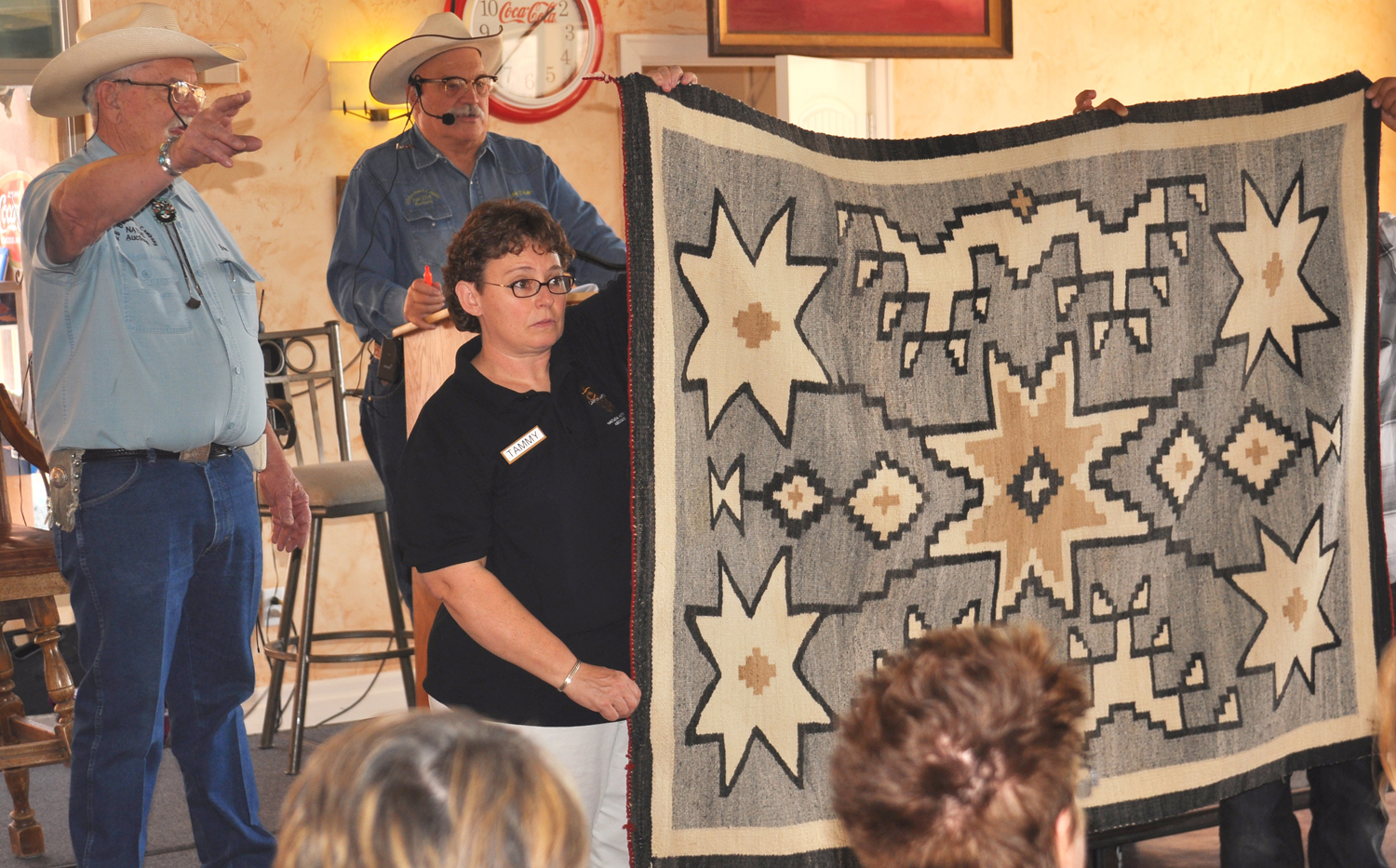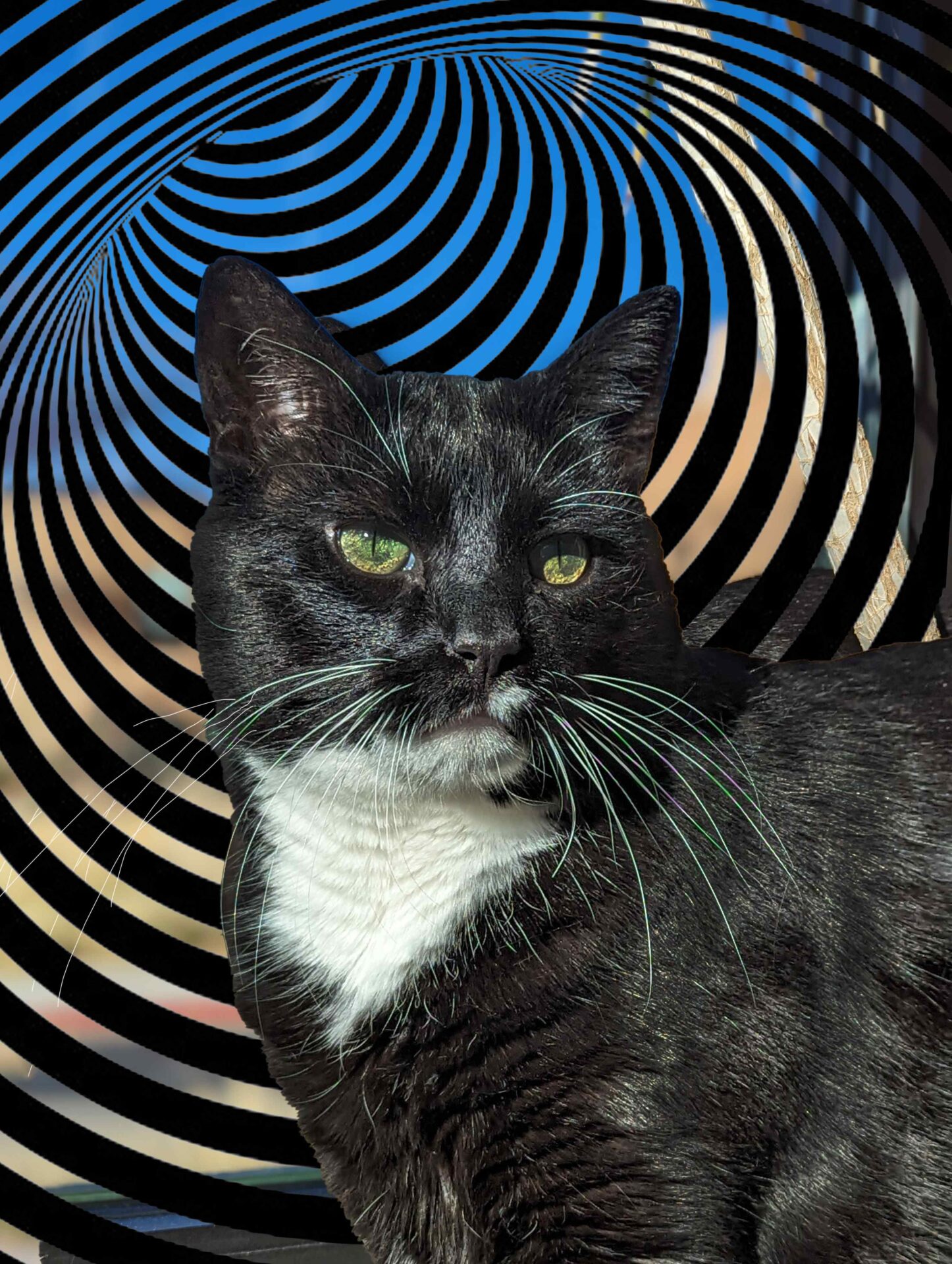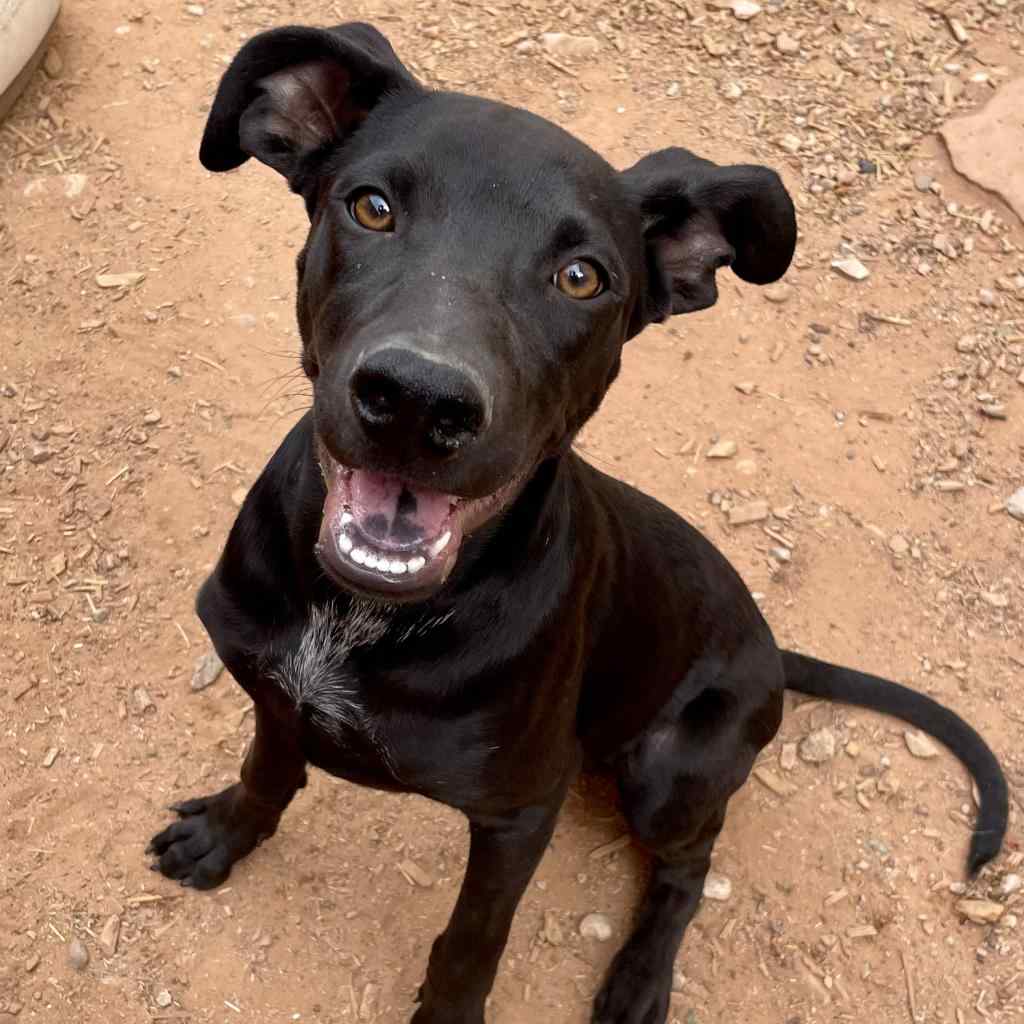More than 200 vintage and contemporary Navajo rugs will be available at Canyonlands Natural History Association’s (CNHA) third annual Rug Auction on Friday and Saturday, Sept. 27 and 28.
To kick off the rug auction event, textile expert Jeanne Brako will give a talk titled “Navajo Weaving Through Time” at 6 p.m., Friday, Sept. 27 at the Moab Information Center. Brako will talk about how design, materials, styles and uses of Navajo textiles have followed changes in the Southwest’s historic and social landscape.
Brako is the curator of The Durango Collection, textiles representing 800 years of weaving in the Southwest. The collection is on view at the Center of Southwest Studies, Fort Lewis College, and also on special exhibit at the Wheelwright Museum, Santa Fe, NM.
“CNHA presents this auction to promote cultural awareness and appreciation of Native American arts,” said Barb Webb of CNHA.
CNHA is again partnering with auctioneers R. B. Burnham & Company to present this auction. The Burnham family has been trading with the native people of the Four Corners area for five generations. They are known for their encouragement of innovation and quality in Navajo textiles. The auction is a great way to learn about Navajo rugs as the Burnham crew is happy to answer questions about auction items, and share their vast knowledge about the history of Navajo weaving, rug styles, materials and techniques.
“Native American cultures are the keepers of the stories of this land. Supporting Navajo weavers helps ensure that this art form and the culture tied to it remains vital” said Cindy Hardgrave, the executive director of CNHA.
Navajo weavers will demonstrate how these intricate textiles are created on both Friday and Saturday.
“You won’t want to miss seeing these master weavers at work at their looms,” Webb said.
Anita Hathale will be at the Arches National Park Visitor Center between 10 a.m. and 3 p.m., Friday, Sept. 27 and from 9 a.m. to noon on Saturday, Sept. 28.
Hathale’s mastery of weaving techniques comes from lifetime spent learning and practicing the art of weaving handed down through the maternal side of her family, then from mother to daughter.
Growing up on a remote part of the Utah Navajo reservation, Hathale found beauty in the barren expanses of windswept sandstone and desert brush of her homeland.
As a child she helped tend sheep; as a young girl she learned to shear the sheep, wash the wool, dye it with natural plant dyes, and card and spin it into yarn.
Hathale now weaves up to 12 hours a day. Her art has evolved from creating traditional patterns to designing her own original motifs.
As proficient as she is, it still takes Hathale up to a full day to weave a mere two inches on a four foot wide rug, and up to a month to make a rug four by five feet in size.
“Hathale’s mastery of weaving comes from lifetime of learning and practicing,” Webb said.
Emily Malone and Lavera Blake will demonstrate weaving between 10 a.m. and 2 p.m. on Saturday, Sept. 28 at the Grand Center.
“This mother and daughter are members of the famous weaving family known as the Spider Rock Girls,” Webb said. The Spider Rock Girls have a three-generation tradition of Navajo weaving.
Appraisals and preview of the items will be from 9 a.m. to noon on Saturday, Sept. 28 at the Grand Center. Each appraisal is $10. The auction will begin at 1 p.m. Eighty percent of the auction proceeds go directly to the Navajo weavers. Proceeds from the appraisals will go to CNHA’s Discovery Pool grant program, which funds research on public lands on the Colorado Plateau.
“Each Navajo rug is a unique creation. Woven into its design and choice of colors is the artisan’s individual inspiration and interpretation,” Webb said. “A completed Navajo rug can represent months, and for large pieces it can be years, that the weaver worked at the loom creating beauty.”




